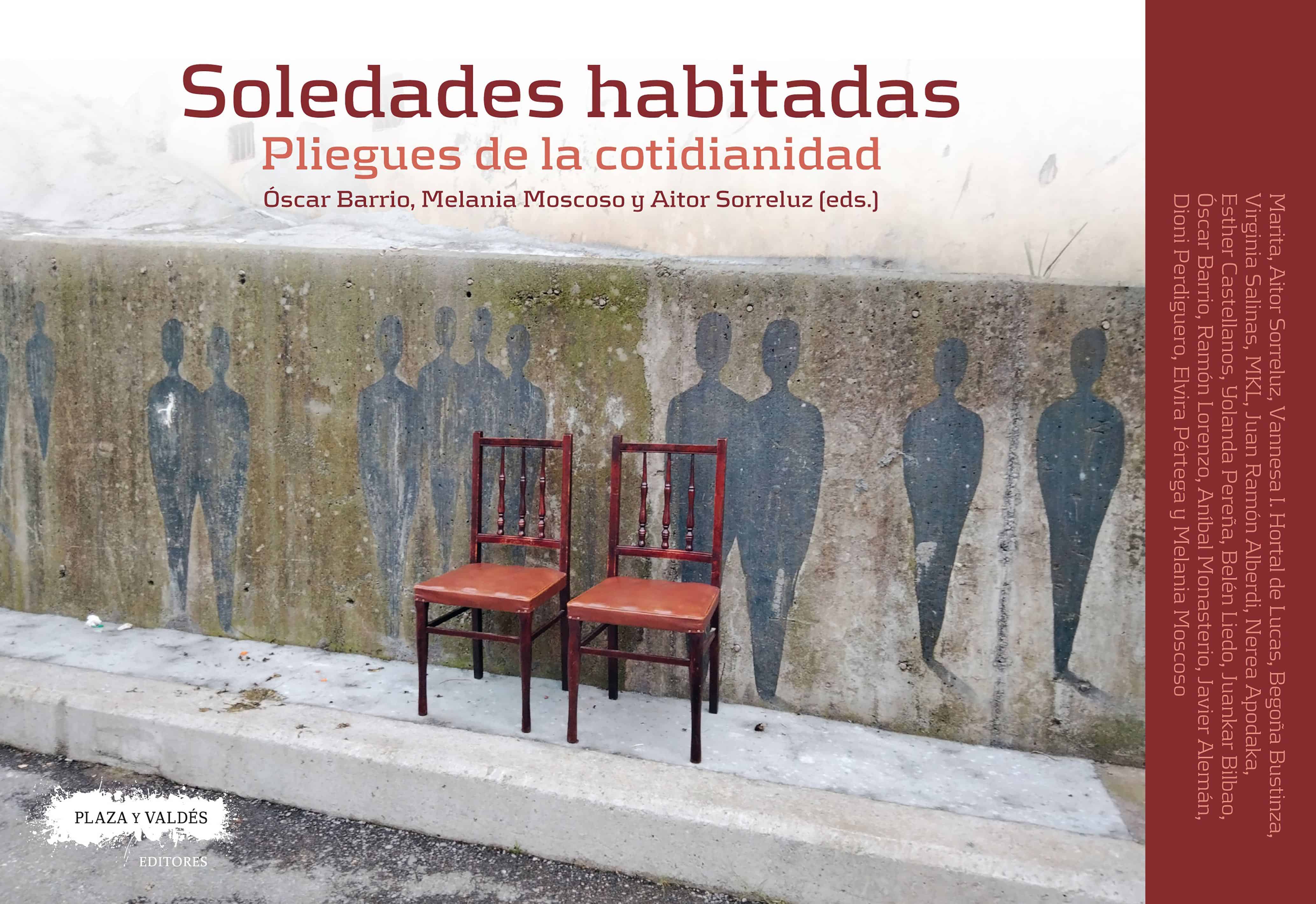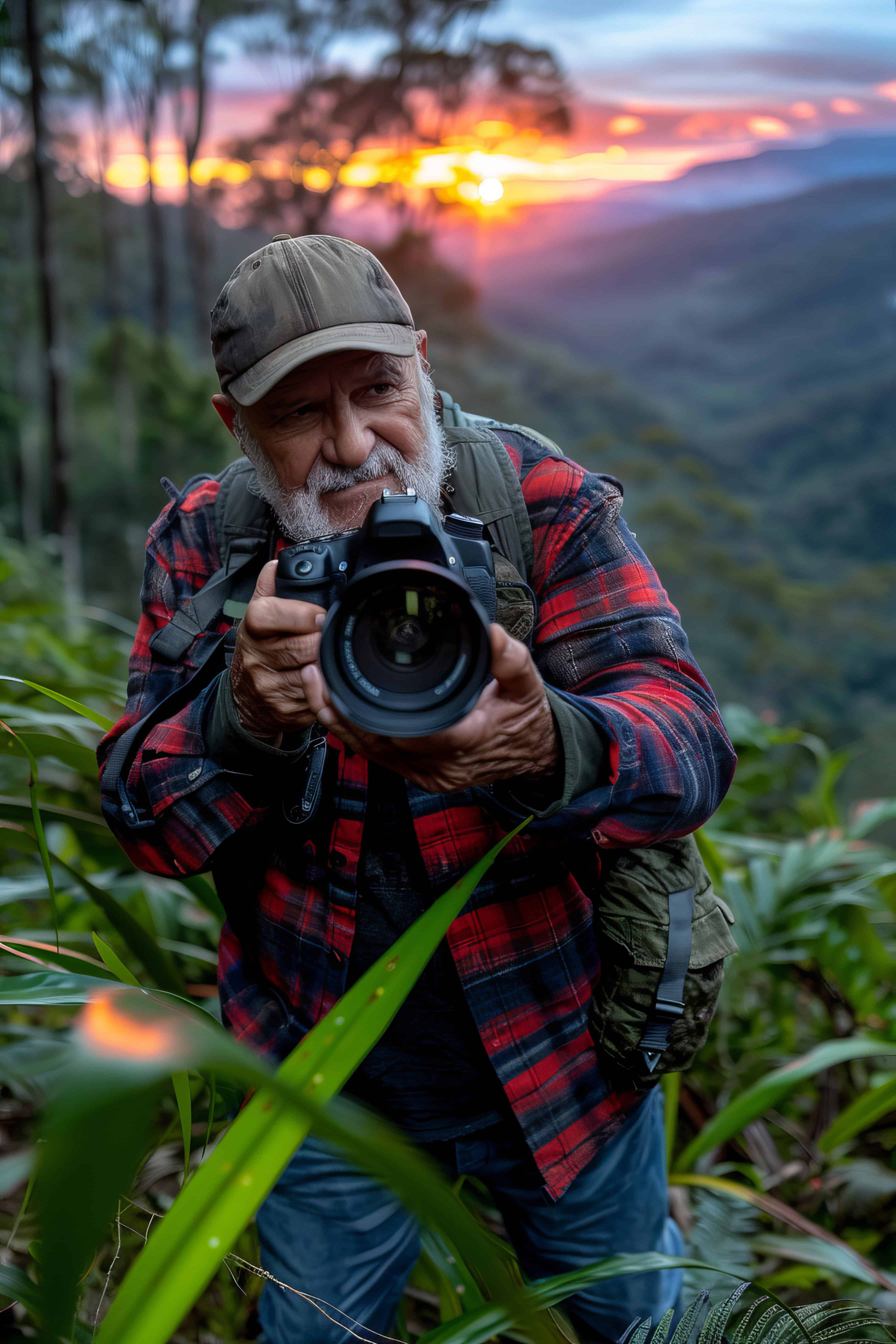How to live solitude in a creative and enriching way?

The experience of loneliness is on the rise worldwide, and so is the number of publications about this emerging reality.
Much has been written about loneliness in recent years, but often from a perspective that obscures its experiential aspect, that is, the experiences of the people who live alone, generally resulting in a collection of biased and partial readings of this phenomenon, says a group of university researchers .
Embracing loneliness, between vulnerability and the possible" Loneliness is a much more complex phenomenon than the most widely referenced texts suggest," according to researchers Óscar Barrio (Social Anthropology and Social Psychology, Complutense University of Madrid); Melania Moscoso (Institute of Philosophy, Spanish National Research Council, CSIC); and Aitor Sorreluz (Philosophy, Science and Values PhD program, UPV/EHU), in Spain.
Barrio, Moscoso, and Sorreluz seek to fill the information gap regarding the experiential aspect of loneliness by investigating the experiences, strategies, meanings, narratives, and tensions that people who live with loneliness bring into play around this situation.
To this end, they launched a process lasting more than a year in which nearly twenty people, residents of the San Francisco neighborhood (Bilbao, Spain) and researchers from the Bakarzain project dedicated to the study of unwanted loneliness , reflected on and addressed their respective loneliness together.
Barrio and Moscoso describe this process as a way of " embracing solitude , between the folds of vulnerability and the gaps of the possible."
The result of this initiative is the book "Inhabited Solitudes. Folds of Everyday Life," in which the participants in this research, including the researchers themselves, express in the first person a concept of loneliness that is "personal, plural, relational, undramatized, ambivalent, and full of tension," they explain.
They point out that this concept of loneliness , anchored in the folds of everyday life and reflected in photographs, texts, stories, songs, reflections, conversations, and designs contributed by participants, "moves away from the notions of unwanted loneliness that are often circulated both in the media and in intervention programs" at the health and psychological levels.
Barrio, Moscoso, and Sorreluz describe " Inhabited Solitudes " as "an open, non-academic book that, from a place of gratitude, unfolds a common space in which different solitudes fold and exchange bodies and voices; a shared space for living and healing solitudes, together."

"Loneliness has been defined as a silent pandemic that affects one in four people in industrialized countries and has a negative impact on the physical and mental health and quality of life of those who suffer from it," Moscoso explains in "Soledades."
A cartography for our time´ , a previous book co-written with Txetxu Ausín, director of the Institute of Philosophy of the Spanish CSIC.
He explains that " imposed or unwanted loneliness is understood as the subjective feeling of discrepancy between the social relationships a person has and those they would like to have."
"This unwanted loneliness is compounded by the experience of a lack of quantity and quality of connections with other people (emotional disconnection) and social isolation and a lack of social networks in one's immediate surroundings, and it produces pain, fear, anguish, or sadness," according to Moscoso and Ausín.
When asked what strategies the participants in the book 'Inhabited Solitudes' use to remedy their various lonelinesses or to live with these situations, Barrio, Moscoso and Sorreluz point out that "our informants have 'agency' (a word that in the fields of philosophy and sociology means that a person has the capacity and knowledge to act in the world).
The participants in the process reflected in this book "are not merely passive victims of social isolation , as certain approaches to social intervention would have us believe," the authors explain.
"In response to the discourses disseminated in the mass media that demand urgent intervention, our participants respond to social isolation or an unfavorable location within the framework of social relations in ways that allow them to experiment with new forms of subjectivity or revise their own life approaches," the authors explain to EFE.
Solutions from within
"Thus, women who have dedicated themselves intensively to caring for others, both in their professional practice and within their own families, have turned solitude into an opportunity to develop intellectual pursuits and find spaces for meeting and developing new facets of their personalities in which they can identify," they emphasize.
For other participants, " solitude is the place we go when we're short of breath. When the demands of the outside world become suffocating, solitude is a space where we make room for others, for that other thing that we also are," as they describe their experience.
"Yolanda reports on the sensorial experience of loneliness, marked by cold and echo, echoed by the solidarity networks of yesteryear, from the neighborhood where she grew up, and which she tries to evoke by accompanying some friends in their grief, aware of the impossibility of another person fully experiencing our own loneliness," they explain.
"For Begoña, solitude is a space of autonomy, which must be worked on and opened up, like a playing field between one's own vulnerability and what lies beyond ourselves," according to Barrio, Moscoso, and Sorreluz.
Spaces for personal exploration
Many of the experiences reflected in "Inhabited Solitudes" are based on photography and art, activities that play an important role in the lives of the book's participants.
They describe it as "a complex dance between presence and absence, between concealment and revelation, between intrusive presence and what is yearned for, which appears in Nerea's process of artistic exploration ."
For them, loneliness is longing for and struggling with what is missing, experienced as a mutilation , an experience that is described with its own neologism: 'macanza'.
They point out that loneliness can also be experienced "as that space that can take the form of the San Francisco neighborhood (Bilbao, Spain), with its family sagas, protest graffiti, and where mystery throbs through the carvings of the Virgin of Solitude, in the church of Santos Juanes, or in the voices of the dead that inhabit the nostalgia of the living from the Begoña cemetery."
"Other times, spending time with older relatives becomes an excuse to pay attention to the surroundings and notice the details with camera in hand," they point out.
"Noticing the small changes in the environment, as Marita (one of the participants) does, is also a way of caring for it," they say.
"In the lens of Ramón, another of the participants, the austerity and harshness of everyday life in the San Francisco neighborhood coexist, and loneliness unfolds in the subtle world of the sacred, and of the places we go to evoke or summon the absent," they add.
"Resistance to forms of everyday misery or harsh life experiences, which drove us to establish a social distance from others, to inhabit street corners, the periphery as a response to routine and anxiety , can be given meaning by capturing it with a camera, transforming it into a way of coping with loneliness," the authors note.
Another participant, identified by the initials MKL, gives meaning to his loneliness by portraying the demonstrations of minority groups on the street corners of the San Francisco neighborhood.
"In a return to oneself that requires leaving behind one's own social role, the masks with which we appear in social life , and which is only possible when we discover, in our encounter with others, what we are not," the authors conclude.
by Daniel Galilea
TOPICS -
Diariolibre



